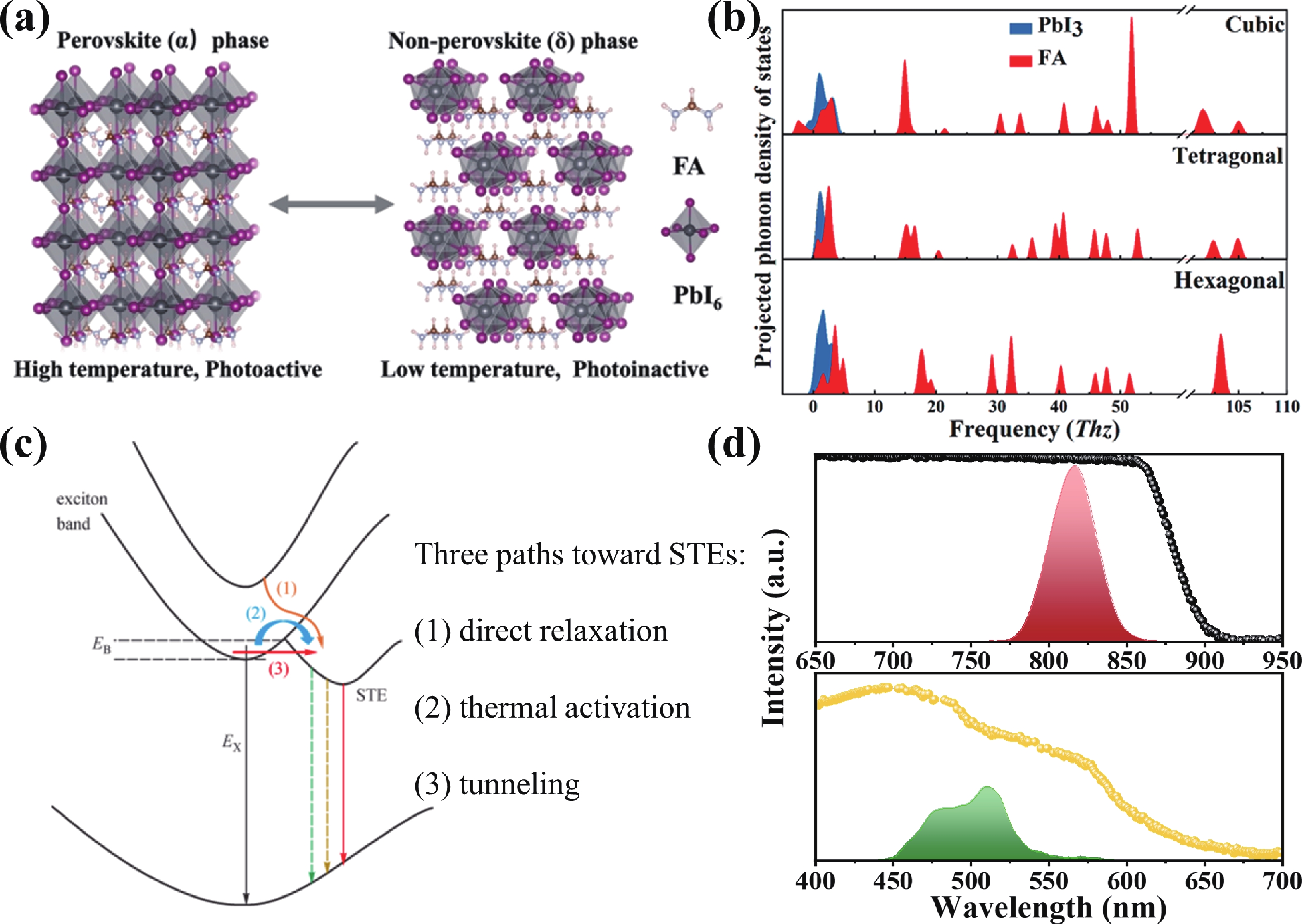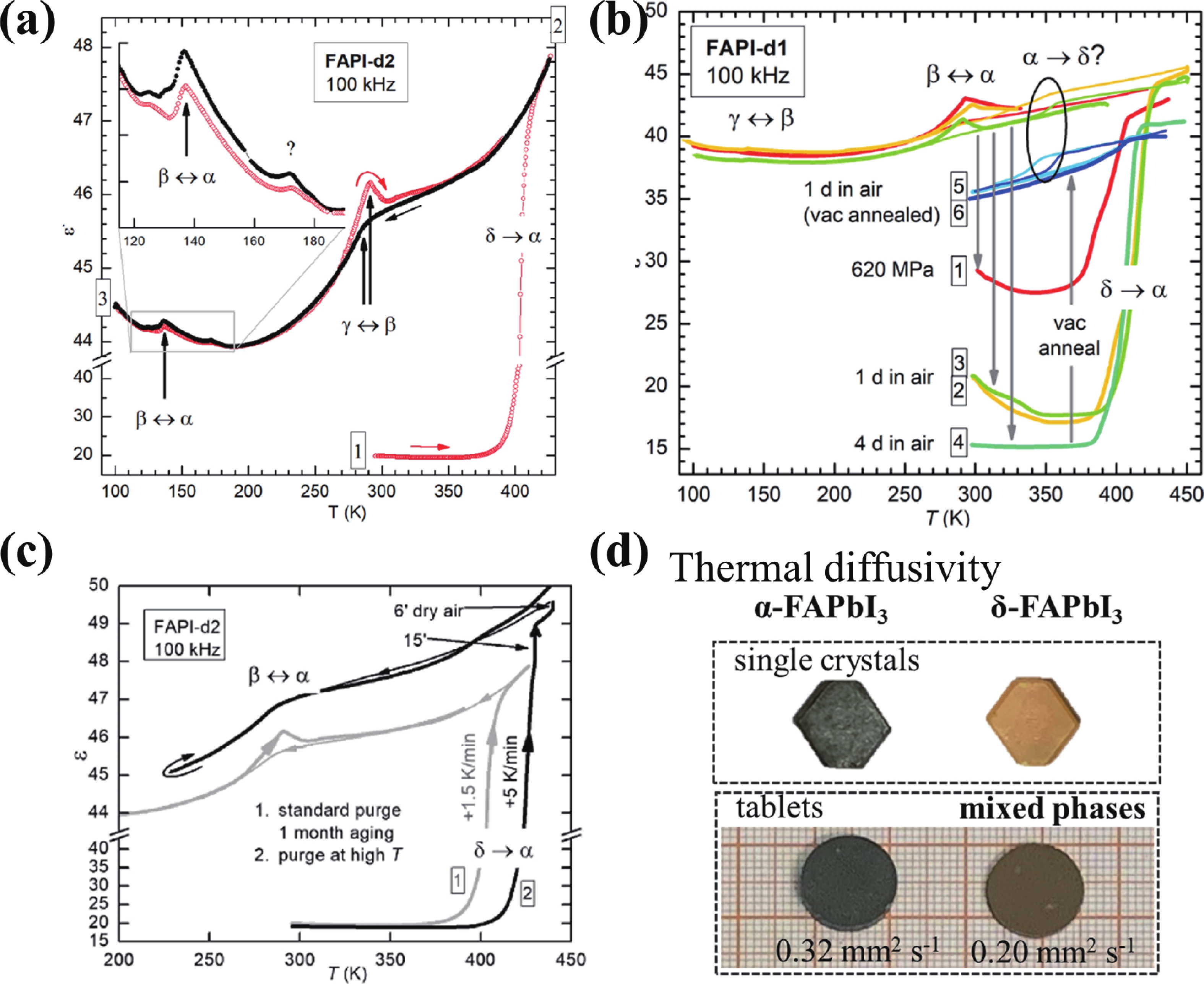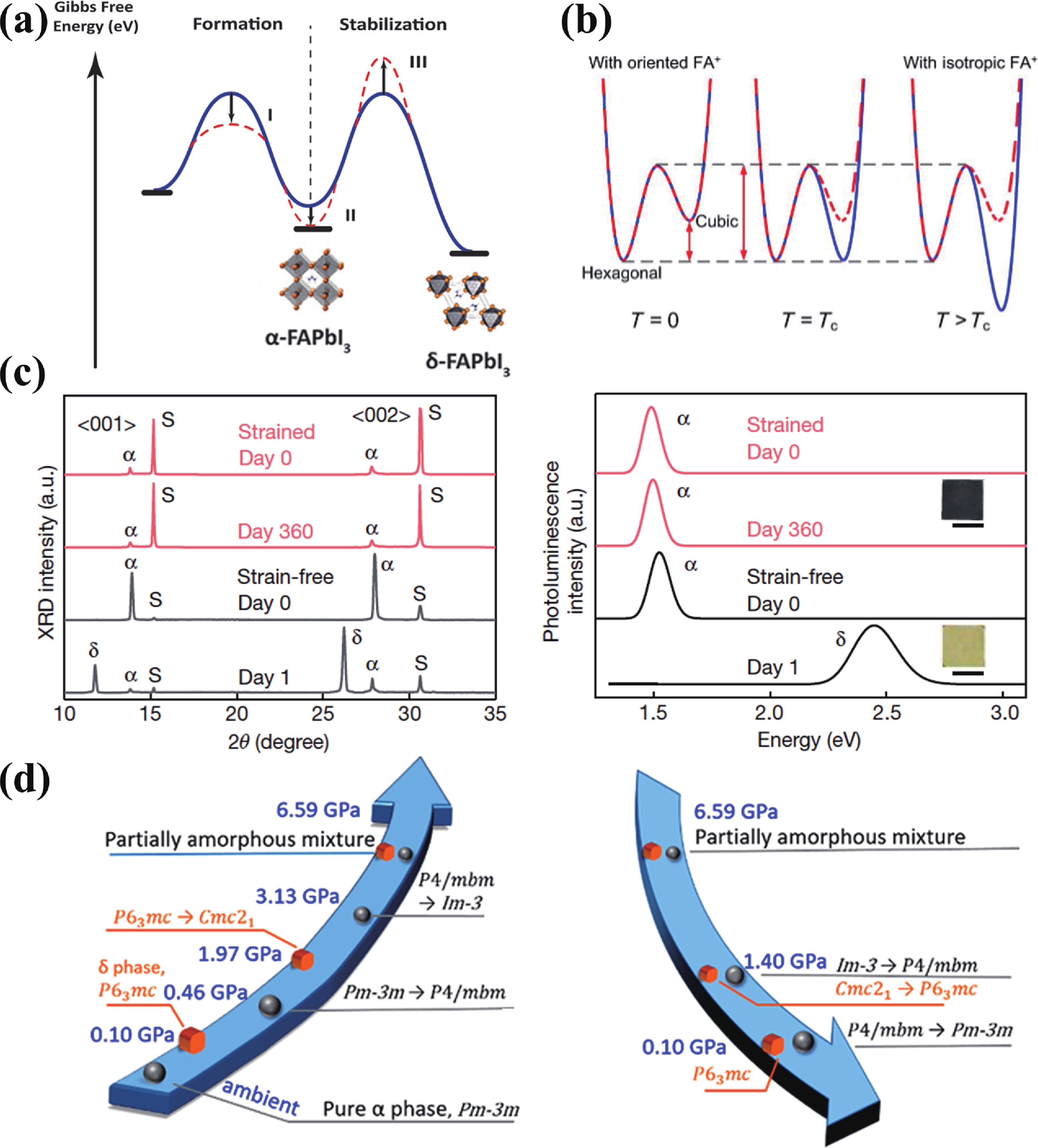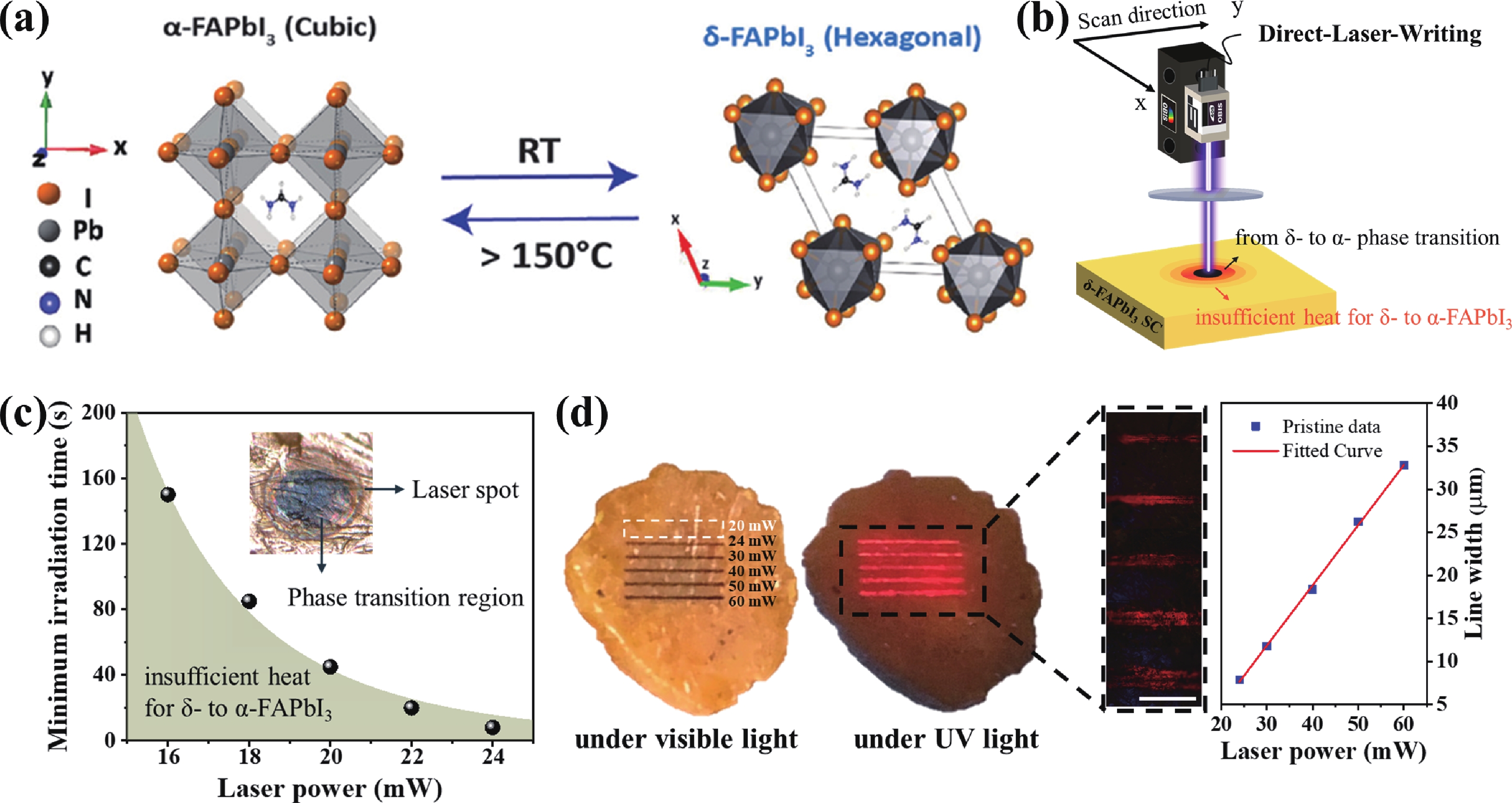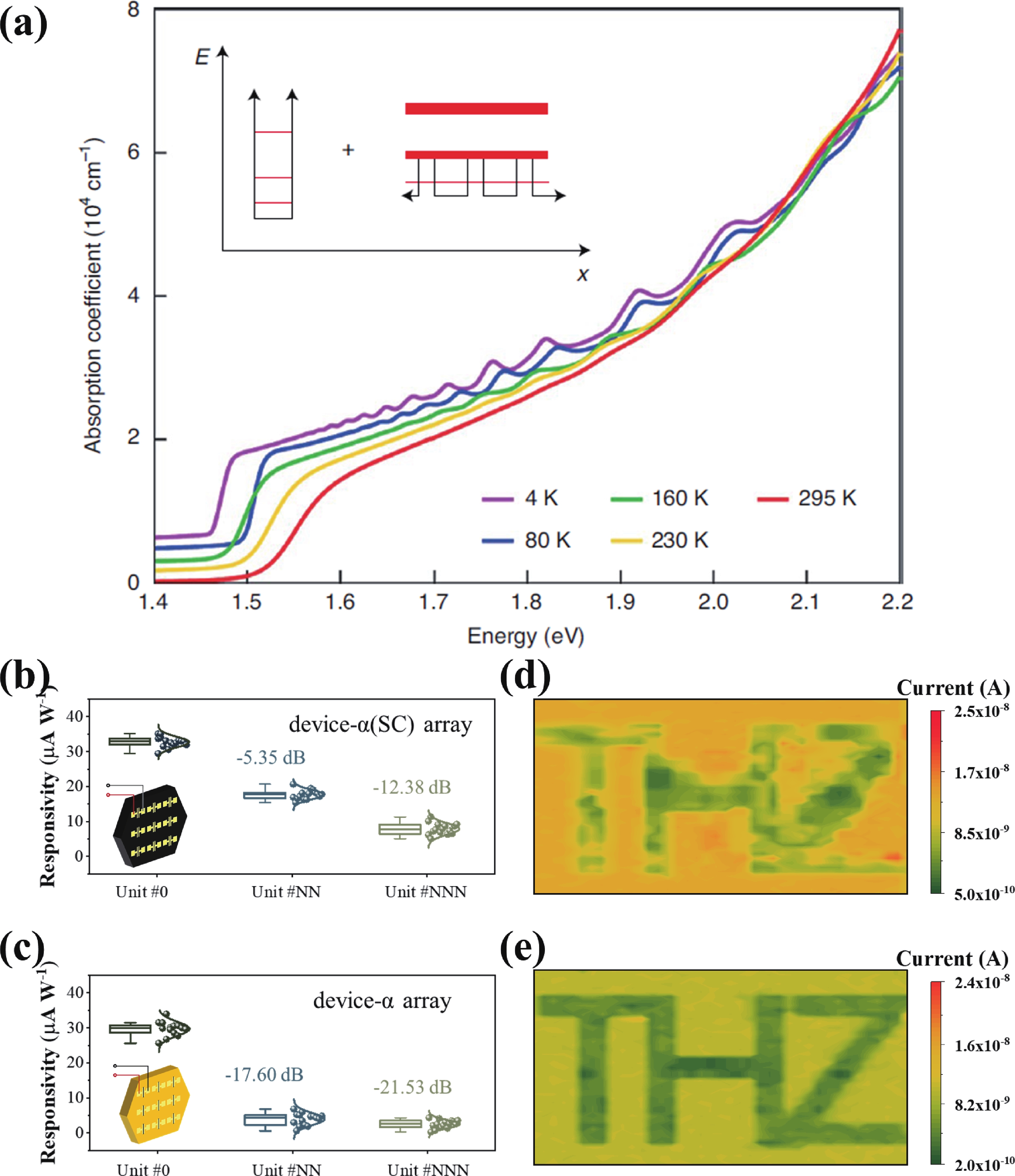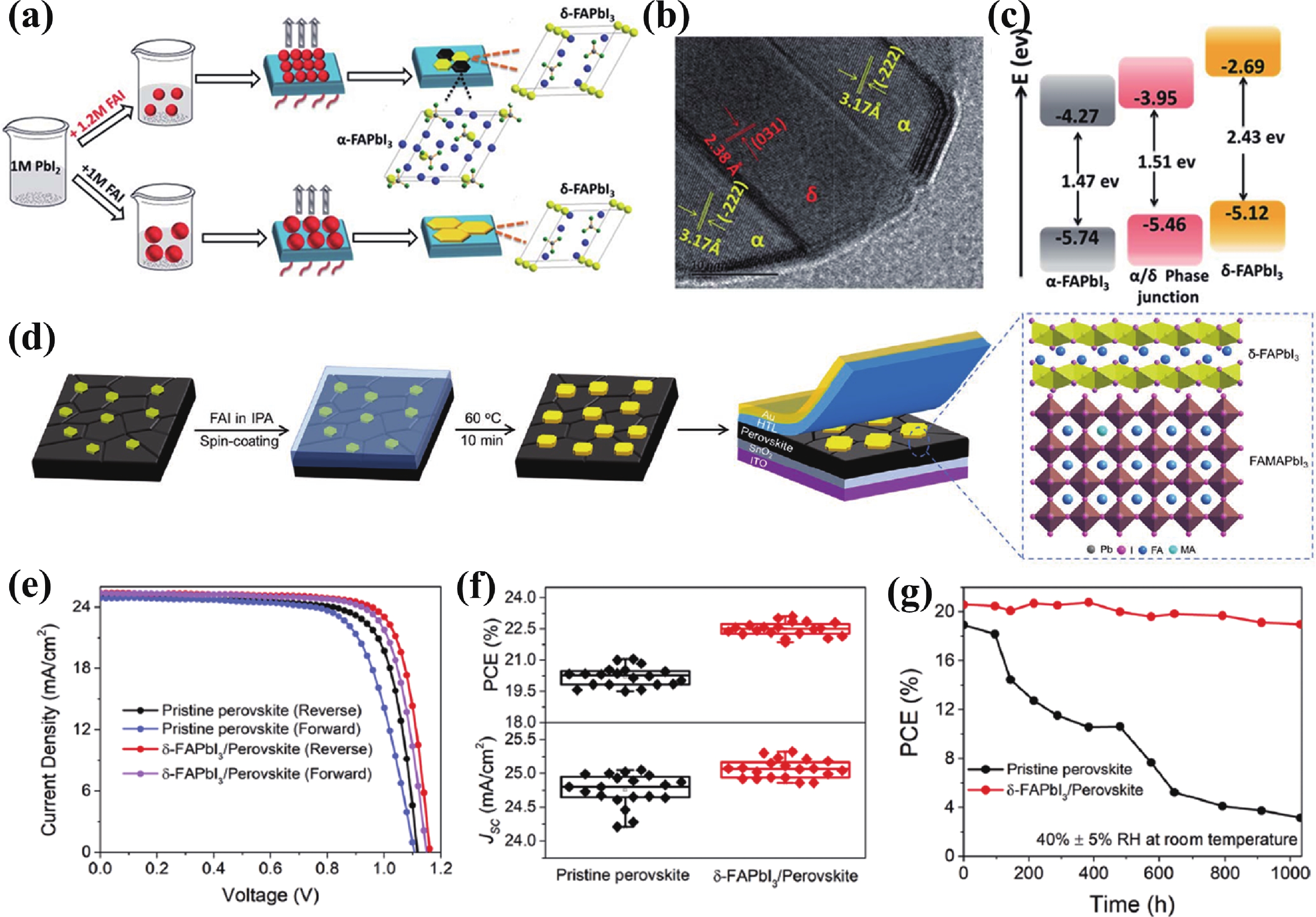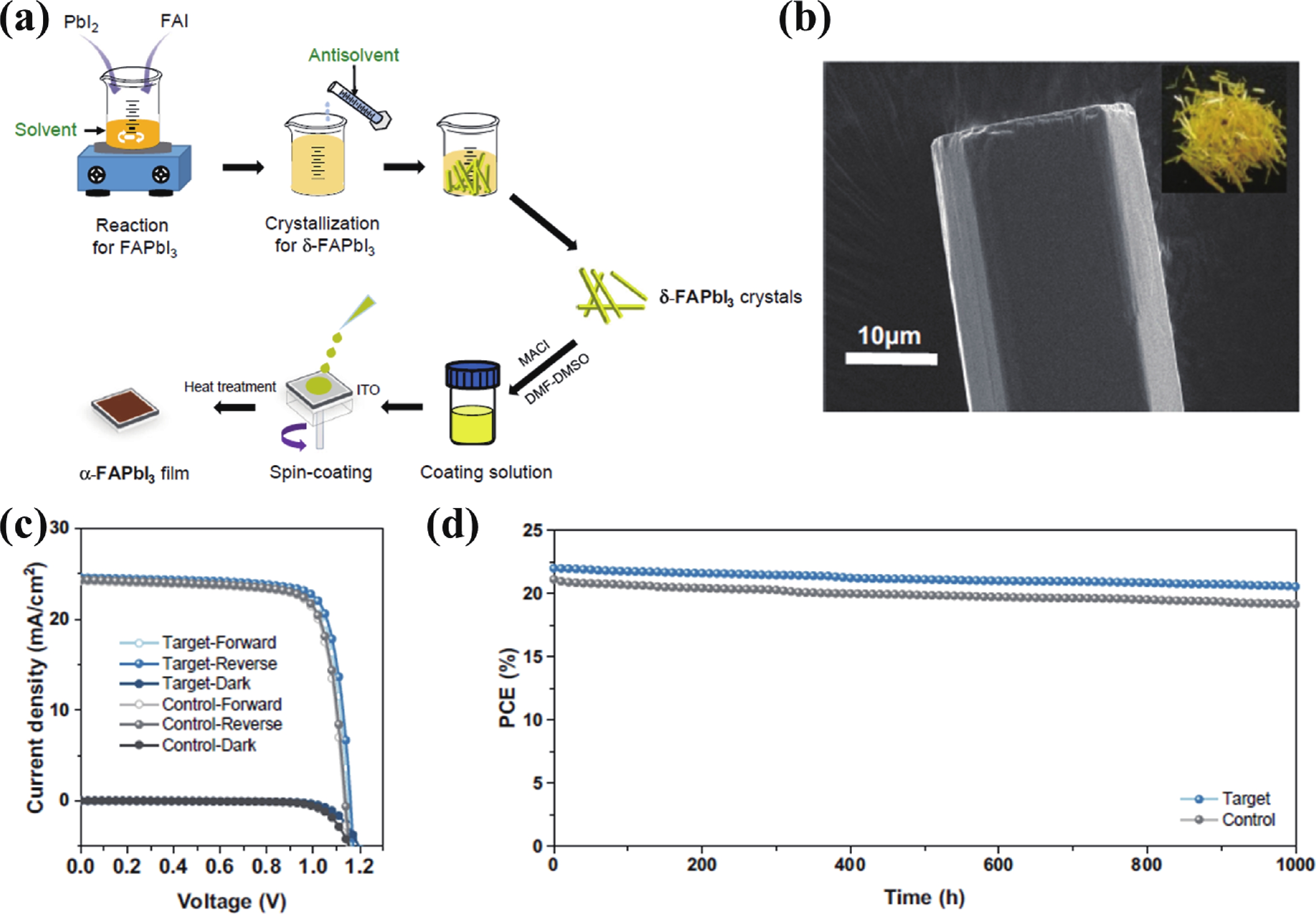| Citation: |
Junyu Li, Songwei Zhang, Mohd Nazim Mohtar, Nattha Jindapetch, Istvan Csarnovics, Mehmet Ertugrul, Zhiwei Zhao, Jing Chen, Wei Lei, Xiaobao Xu. Advances in multi-phase FAPbI3 perovskite: another perspective on photo-inactive δ-phase[J]. Journal of Semiconductors, 2025, 46(5): 051804. doi: 10.1088/1674-4926/24100024
****
J Y Li, S W Zhang, M N Mohtar, N Jindapetch, I Csarnovics, M Ertugrul, Z W Zhao, J Chen, W Lei, and X B Xu, Advances in multi-phase FAPbI3 perovskite: another perspective on photo-inactive δ-phase[J]. J. Semicond., 2025, 46(5), 051804 doi: 10.1088/1674-4926/24100024
|
Advances in multi-phase FAPbI3 perovskite: another perspective on photo-inactive δ-phase
DOI: 10.1088/1674-4926/24100024
CSTR: 32376.14.1674-4926.24100024
More Information-
Abstract
Halide perovskites have attracted great interest as active layers in optoelectronic devices. Among perovskites with diverse compositions, α-FAPbI3 is of utmost importance with great optoelectronic properties and a decent bandgap of 1.48 eV. However, the α-phase suffers an irreversible transition to the photo-inactive δ-phase, whereas the δ-phase is usually regarded as useless phase with poor optoelectronic properties. Therefore, it is commonly accepted that the thermodynamic stable δ-FAPbI3 greatly limits the application of FAPbI3. Every coin has two sides, although the δ-phase is difficult to apply as photoelectrical active layers, it is possible to combine δ-FAPbI3 with α-FAPbI3 to realize functional applications. Firstly, this review analyzes the cause of the contrasting properties between α- and δ-FAPbI3, where the stronger electron−phonon coupling in 1D hexagonal δ-FAPbI3 restricts its internal carrier and phonon transport. Secondly, the factors affecting the phase transitions and strategies to control phase transition between α- and δ-FAPbI3 are presented. Finally, some functional applications of δ-FAPbI3 in combination with α-FAPbI3 are given according to previous reports. By and large, we hope to introduce δ-FAPbI3 from another perspective and give some insights into its unique properties, hopefully providing new strategies for the subsequent advances to FAPbI3. -
References
[1] Xiao Z G, Bi C, Shao Y C, et al. Efficient, high yield perovskite photovoltaic devices grown by interdiffusion of solution-processed precursor stacking layers. Energy Environ Sci, 2014, 7, 2619 doi: 10.1039/C4EE01138D[2] Deng Y H, Peng E, Shao Y C, et al. Scalable fabrication of efficient organolead trihalide perovskite solar cells with doctor-bladed active layers. Energy Environ Sci, 2015, 8, 1544 doi: 10.1039/C4EE03907F[3] Zhang Y H, Sun R J, Ou X Y, et al. Metal halide perovskite nanosheet for X-ray high-resolution scintillation imaging screens. ACS Nano, 2019, 13, 2520 doi: 10.1021/acsnano.8b09484[4] Jang D M, Park K, Kim D H, et al. Reversible halide exchange reaction of organometal trihalide perovskite colloidal nanocrystals for full-range band gap tuning. Nano Lett, 2015, 15, 5191 doi: 10.1021/acs.nanolett.5b01430[5] Liu Y C, Yang Z, Cui D, et al. Two-inch-sized perovskite CH3NH3PbX3 (X = Cl, Br, I) crystals: Growth and characterization. Adv Mater, 2015, 27, 5176 doi: 10.1002/adma.201502597[6] Xie Z A, Sun S R, Yan Y, et al. Refractive index and extinction coefficient of NH2CH = NH2PbI3 perovskite photovoltaic material. J Phys: Condens Matter, 2017, 29, 245702 doi: 10.1088/1361-648X/aa6e6c[7] Xing G C, Mathews N, Sun S Y, et al. Long-range balanced electron- and hole-transport lengths in organic-inorganic CH3NH3PbI3. Science, 2013, 342, 344 doi: 10.1126/science.1243167[8] Stranks S D, Eperon G E, Grancini G, et al. Electron-hole diffusion lengths exceeding 1 micrometer in an organometal trihalide perovskite absorber. Science, 2013, 342, 341 doi: 10.1126/science.1243982[9] Zhumekenov A A, Saidaminov M I, Haque M A, et al. Formamidinium lead halide perovskite crystals with unprecedented long carrier dynamics and diffusion length. ACS Energy Lett, 2016, 1, 32 doi: 10.1021/acsenergylett.6b00002[10] Slavney A H, Hu T, Lindenberg A M, et al. A bismuth-halide double perovskite with long carrier recombination lifetime for photovoltaic applications. J Am Chem Soc, 2016, 138, 2138 doi: 10.1021/jacs.5b13294[11] Zheng K B, Zhu Q S, Abdellah M, et al. Exciton binding energy and the nature of emissive states in organometal halide perovskites. J Phys Chem Lett, 2015, 6, 2969 doi: 10.1021/acs.jpclett.5b01252[12] National Renewable Energy Laboratory (NREL). Best research-cell efficiencies, www.nrel.gov/ncpv/images/efficiencychart.jpg. (accessed: December 2024[13] Bai W H, Xuan T T, Zhao H Y, et al. Perovskite light-emitting diodes with an external quantum efficiency exceeding 30%. Adv Mater, 2023, 35, 2302283 doi: 10.1002/adma.202302283[14] Cao F, Chen J D, Yu D J, et al. Bionic detectors based on low-bandgap inorganic perovskite for selective NIR-I photon detection and imaging. Adv Mater, 2020, 32, 1905362 doi: 10.1002/adma.201905362[15] Yu D J, Wang P, Cao F, et al. Two-dimensional halide perovskite as beta-ray scintillator for nuclear radiation monitoring. Nat Commun, 2020, 11, 3395 doi: 10.1038/s41467-020-17114-7[16] Xu X B, Han Z Y, Zou Y S, et al. Miniaturized multispectral detector derived from gradient response units on single MAPbX3 microwire. Adv Mater, 2022, 34, 2108408 doi: 10.1002/adma.202108408[17] Han Q F, Bae S H, Sun P Y, et al. Single crystal formamidinium lead iodide (FAPbI3): Insight into the structural, optical, and electrical properties. Adv Mater, 2016, 28, 2253 doi: 10.1002/adma.201505002[18] Zdanowicz T, Rodziewicz T, Zabkowska-Waclawek M. Theoretical analysis of the optimum energy band gap of semiconductors for fabrication of solar cells for applications in higher latitudes locations. Sol Energy Mater Sol Cells, 2005, 87, 757 doi: 10.1016/j.solmat.2004.07.049[19] Zhao Y, Ma F, Qu Z H, et al. Inactive (PbI2)2RbCl stabilizes perovskite films for efficient solar cells. Science, 2022, 377, 531 doi: 10.1126/science.abp8873[20] Chen H R, Chen Y T, Zhang T Y, et al. Advances to high-performance black-phase FAPbI3 perovskite for efficient and stable photovoltaics. Small Struct, 2021, 2, 2000130 doi: 10.1002/sstr.202000130[21] Weber O J, Ghosh D, Gaines S, et al. Phase behavior and polymorphism of formamidinium lead iodide. Chem Mater, 2018, 30, 3768 doi: 10.1021/acs.chemmater.8b00862[22] Jiang S J, Luan Y L, Jang J I, et al. Phase transitions of formamidinium lead iodide perovskite under pressure. J Am Chem Soc, 2018, 140, 13952 doi: 10.1021/jacs.8b09316[23] Chen X Y, Xia Y K, Zheng Z W, et al. In situ formation of δ-FAPbI3 at the perovskite/carbon interface for enhanced photovoltage of printable mesoscopic perovskite solar cells. Chem Mater, 2022, 34, 728 doi: 10.1021/acs.chemmater.1c03505[24] Li J Z, Wang H, Li D H. Self-trapped excitons in two-dimensional perovskites. Front Optoelectron, 2020, 13, 225 doi: 10.1007/s12200-020-1051-x[25] Wang Z W, Zhou Y Y, Pang S P, et al. Additive-modulated evolution of HC(NH2)2PbI3 black polymorph for mesoscopic perovskite solar cells. Chem Mater, 2015, 27, 7149 doi: 10.1021/acs.chemmater.5b03169[26] Zhang T K, Long M Z, Qin M C, et al. Stable and efficient 3D-2D perovskite-perovskite planar heterojunction solar cell without organic hole transport layer. Joule, 2018, 2, 2706 doi: 10.1016/j.joule.2018.09.022[27] Zhang Y, Zhou Z M, Ji F X, et al. Trash into treasure: δ-FAPbI3 polymorph stabilized MAPbI3 perovskite with power conversion efficiency beyond 21%. Adv Mater, 2018, 30, 1707143 doi: 10.1002/adma.201707143[28] Wei H T, Chen S S, Zhao J J, et al. Is formamidinium always more stable than methylammonium? Chem Mater, 2020, 32, 2501 doi: 10.1021/acs.chemmater.9b05101[29] Roß M, Severin S, Stutz M B, et al. Co-evaporated formamidinium lead iodide based perovskites with 1000 h constant stability for fully textured monolithic perovskite/silicon tandem solar cells. Adv Energy Mater, 2021, 11, 2101460 doi: 10.1002/aenm.202101460[30] Wang Y, Zhao Y X, Gao F, et al. Sequential cesium incorporation for highly efficient formamidinium cesium perovskite solar cells. ChemRxiv, 2022[31] Qiao W C, Liang J Q, Dong W, et al. Formamidinium lead triiodide perovskites with improved structural stabilities and photovoltaic properties obtained by ultratrace dimethylamine substitution. NPG Asia Mater, 2022, 14, 49 doi: 10.1038/s41427-022-00395-3[32] Pratheek M, Sujith P, Shahul Hameed T A, et al. Effect of bromide doping on the phase stability and shelf life of the triple cation mixed halide perovskite single-crystals. Mater Lett, 2022, 326, 132903 doi: 10.1016/j.matlet.2022.132903[33] Yin J W, Teobaldi G, Liu L M. The role of thermal fluctuations and vibrational entropy: A theoretical insight into the δ-to-α transition of FAPbI3. J Phys Chem Lett, 2022, 13, 3089 doi: 10.1021/acs.jpclett.2c00454[34] Ibaceta-Jaña J, Muydinov R, Rosado P, et al. Hidden polymorphism of FAPbI3 discovered by Raman spectroscopy. Phys Chem Chem Phys, 2021, 23, 9476 doi: 10.1039/D1CP00102G[35] Du Y P, Yan Z G, Xiao J W, et al. Temperature-dependent luminescence and anisotropic optical properties of centimeter-sized one-dimensional perovskite trimethylammonium lead iodide single crystals. J Phys Chem Lett, 2022, 13, 5451 doi: 10.1021/acs.jpclett.2c01045[36] McCall K M, Stoumpos C C, Kostina S S, et al. Strong electron–phonon coupling and self-trapped excitons in the defect halide perovskites A3M2I9 (a = Cs, Rb; M = Bi, Sb). Chem Mater, 2017, 29, 4129 doi: 10.1021/acs.chemmater.7b01184[37] Piveteau L, Morad V, Kovalenko M V. Solid-state NMR and NQR spectroscopy of lead-halide perovskite materials. J Am Chem Soc, 2020, 142, 19413 doi: 10.1021/jacs.0c07338[38] Wright A D, Verdi C, Milot R L, et al. Electron-phonon coupling in hybrid lead halide perovskites. Nat Commun, 2016, 7, 11755 doi: 10.1038/ncomms11755[39] Yamada Y, Kanemitsu Y. Electron-phonon interactions in halide perovskites. NPG Asia Mater, 2022, 14, 48 doi: 10.1038/s41427-022-00394-4[40] Dubey S, Paliwal A, Ghosh S. Frohlich interaction in compound semiconductors: A comparative study. Adv Mater Res, 2016, 1141, 44 doi: 10.4028/www.scientific.net/AMR.1141.44[41] Fu M, Tamarat P, Trebbia J B, et al. Unraveling exciton-phonon coupling in individual FAPbI3 nanocrystals emitting near-infrared single photons. Nat Commun, 2018, 9, 3318 doi: 10.1038/s41467-018-05876-0[42] Miyata K, Meggiolaro D, Trinh M T, et al. Large polarons in lead halide perovskites. Sci Adv, 2017, 3, e1701217 doi: 10.1126/sciadv.1701217[43] Fu Y P, Hautzinger M P, Luo Z Y, et al. Incorporating large A cations into lead iodide perovskite cages: Relaxed Goldschmidt tolerance factor and impact on exciton–phonon interaction. ACS Cent Sci, 2019, 5, 1377 doi: 10.1021/acscentsci.9b00367[44] Li J Y, Zeng X Z, Ma T, et al. Direct-laser-writing manipulating α/δ-FAPbI3 array enables low-crosstalk terahertz sensing and imaging. ACS Photonics, 2023, 10, 2755 doi: 10.1021/acsphotonics.3c00458[45] Aebli M, Benin B M, McCall K M, et al. White CsPbBr3: Characterizing the one-dimensional cesium lead bromide polymorph. Helv Chim Acta, 2020, 103, e2000080 doi: 10.1002/hlca.202000080[46] Cordero F, Craciun F, Trequattrini F, et al. Stability of cubic FAPbI3 from X-ray diffraction, anelastic, and dielectric measurements. J Phys Chem Lett, 2019, 10, 2463 doi: 10.1021/acs.jpclett.9b00896[47] Ferreira A C, Létoublon A, Paofai S, et al. Elastic softness of hybrid lead halide perovskites. Phys Rev Lett, 2018, 121, 085502 doi: 10.1103/PhysRevLett.121.085502[48] Saidaminov M I, Abdelhady A L, Murali B, et al. High-quality bulk hybrid perovskite single crystals within minutes by inverse temperature crystallization. Nat Commun, 2015, 6, 7586 doi: 10.1038/ncomms8586[49] Elbaz G A, Ong W L, Doud E A, et al. Phonon speed, not scattering, differentiates thermal transport in lead halide perovskites. Nano Lett, 2017, 17, 5734 doi: 10.1021/acs.nanolett.7b02696[50] Yang J F, Wen X M, Xia H Z, et al. Acoustic-optical phonon up-conversion and hot-phonon bottleneck in lead-halide perovskites. Nat Commun, 2017, 8, 14120 doi: 10.1038/ncomms14120[51] Jung Y, Lee W, Han S, et al. Thermal transport properties of phonons in halide perovskites. Adv Mater, 2023, 35, 2204872 doi: 10.1002/adma.202204872[52] Liu B, Soe C M M, Stoumpos C C, et al. Optical properties and modeling of 2D perovskite solar cells. Sol RRL, 2017, 1, 1700062 doi: 10.1002/solr.201700062[53] Tong Z, Li S H, Ruan X L, et al. Comprehensive first-principles analysis of phonon thermal conductivity and electron-phonon coupling in different metals. Phys Rev B, 2019, 100, 144306 doi: 10.1103/PhysRevB.100.144306[54] Majumdar A, Reddy P. Role of electron-phonon coupling in thermal conductance of metal-nonmetal interfaces. Appl Phys Lett, 2004, 84, 4768 doi: 10.1063/1.1758301[55] Lin S X, Tan X J, Shao H Z, et al. Ultralow lattice thermal conductivity in SnTe by manipulating the electron–phonon coupling. J Phys Chem C, 2019, 123, 15996 doi: 10.1021/acs.jpcc.9b03329[56] Liao B L, Qiu B, Zhou J W, et al. Significant reduction of lattice thermal conductivity by the electron-phonon interaction in silicon with high carrier concentrations: A first-principles study. Phys Rev Lett, 2015, 114, 115901 doi: 10.1103/PhysRevLett.114.115901[57] Zhou J W, Shin H D, Chen K, et al. Direct observation of large electron-phonon interaction effect on phonon heat transport. Nat Commun, 2020, 11, 6040 doi: 10.1038/s41467-020-19938-9[58] Hu S Y, Tapa A R, Zhou X C, et al. Formation and stabilization of metastable halide perovskite phases for photovoltaics. Cell Rep Phys Sci, 2024, 5, 101825 doi: 10.1016/j.xcrp.2024.101825[59] Chen T R, Foley B J, Park C, et al. Entropy-driven structural transition and kinetic trapping in formamidinium lead iodide perovskite. Sci Adv, 2016, 2, e1601650 doi: 10.1126/sciadv.1601650[60] Chen Y M, Lei Y S, Li Y H, et al. Strain engineering and epitaxial stabilization of halide perovskites. Nature, 2020, 577, 209 doi: 10.1038/s41586-019-1868-x[61] Steele J A, Yuan H F, Tan C Y X, et al. Direct laser writing of δ- to α-phase transformation in formamidinium lead iodide. ACS Nano, 2017, 11, 8072 doi: 10.1021/acsnano.7b02777[62] Li Z, Yang M J, Park J S, et al. Stabilizing perovskite structures by tuning tolerance factor: Formation of formamidinium and cesium lead iodide solid-state alloys. Chem Mater, 2016, 28, 284 doi: 10.1021/acs.chemmater.5b04107[63] Zheng X J, Wu C C, Jha S K, et al. Improved phase stability of formamidinium lead triiodide perovskite by strain relaxation. ACS Energy Lett, 2016, 1, 1014 doi: 10.1021/acsenergylett.6b00457[64] Lee J W, Kim D H, Kim H S, et al. Formamidinium and cesium hybridization for photo- and moisture-stable perovskite solar cell. Adv Energy Mater, 2015, 5, 1501310 doi: 10.1002/aenm.201501310[65] Smecca E, Numata Y, Deretzis I, et al. Stability of solution-processed MAPbI3 and FAPbI3 layers. Phys Chem Chem Phys, 2016, 18, 13413 doi: 10.1039/C6CP00721J[66] Jeon N J, Noh J H, Yang W S, et al. Compositional engineering of perovskite materials for high-performance solar cells. Nature, 2015, 517, 476 doi: 10.1038/nature14133[67] Goñi A R. Echoes from quantum confinement. Nat Mater, 2020, 19, 1138 doi: 10.1038/s41563-020-0796-3[68] Wright A D, Volonakis G, Borchert J, et al. Intrinsic quantum confinement in formamidinium lead triiodide perovskite. Nat Mater, 2020, 19, 1201 doi: 10.1038/s41563-020-0774-9[69] Tonouchi M. Cutting-edge terahertz technology. Nature Photon, 2007, 1, 97 doi: 10.1038/nphoton.2007.3[70] Cheon H, Yang H J, Lee S H, et al. Terahertz molecular resonance of cancer DNA. Sci Rep, 2016, 6, 37103 doi: 10.1038/srep37103[71] Koenig S, Lopez-Diaz D, Antes J, et al. Wireless sub-THz communication system with high data rate. Nat Photonics, 2013, 7, 977 doi: 10.1038/nphoton.2013.275[72] Shui W C, Li J M, Wang H, et al. Ti3C2Tx MXene sponge composite as broadband terahertz absorber. Adv Opt Mater, 2020, 8, 2001120 doi: 10.1002/adom.202001120[73] Salamin Y, Benea-Chelmus I C, Fedoryshyn Y, et al. Compact and ultra-efficient broadband plasmonic terahertz field detector. Nat Commun, 2019, 10, 5550 doi: 10.1038/s41467-019-13490-x[74] Mittendorff M, Winnerl S, Kamann J, et al. Ultrafast graphene-based broadband THz detector. Appl Phys Lett, 2013, 103, 021113 doi: 10.1063/1.4813621[75] Koppens F H L, Mueller T, Avouris P, et al. Photodetectors based on graphene, other two-dimensional materials and hybrid systems. Nat Nanotechnol, 2014, 9, 780 doi: 10.1038/nnano.2014.215[76] Lu X W, Sun L, Jiang P, et al. Progress of photodetectors based on the photothermoelectric effect. Adv Mater, 2019, 31, 1902044 doi: 10.1002/adma.201902044[77] Long M S, Wang P, Fang H H, et al. Progress, challenges, and opportunities for 2D material based photodetectors. Adv Funct Mater, 2019, 29, 1803807 doi: 10.1002/adfm.201803807[78] Li Y F, Zhang Y T, Li T T, et al. Ultrabroadband, ultraviolet to terahertz, and high sensitivity CH3NH3PbI3 perovskite photodetectors. Nano Lett, 2020, 20, 5646 doi: 10.1021/acs.nanolett.0c00082[79] Li J Y, Zou Y S, Hu D W, et al. Enhanced room-temperature terahertz detection and imaging derived from anti-reflection 2D perovskite layer on MAPbI3 single crystals. Nanoscale, 2022, 14, 6109 doi: 10.1039/D2NR00497F[80] Li Y F, Zhang Y T, Li T T, et al. A fast response, self-powered and room temperature near infrared-terahertz photodetector based on a MAPbI3/PEDOT: PSS composite. J Mater Chem C, 2020, 8, 12148 doi: 10.1039/D0TC02399J[81] Park S J, Kim A R, Hong J T, et al. Crystallization kinetics of lead halide perovskite film monitored by in situ terahertz spectroscopy. J Phys Chem Lett, 2017, 8, 401 doi: 10.1021/acs.jpclett.6b02691[82] Tian X Y, Wang R N, Xu Y L, et al. Triangular micro-grating via femtosecond laser direct writing toward high-performance polarization-sensitive perovskite photodetectors. Adv Optical Mater, 2022, 10, 2200856 doi: 10.1002/adom.202200856[83] Chen H R, Wang Y, Fan Y P, et al. Decoupling engineering of formamidinium-cesium perovskites for efficient photovoltaics. Natl Sci Rev, 2022, 9, nwac127 doi: 10.1093/nsr/nwac127[84] Cheng F Y, Wang P D, Xu C Z, et al. The dynamic surface evolution of halide perovskites induced by external energy stimulation. Natl Sci Rev, 2024, 11, nwae042 doi: 10.1093/nsr/nwae042[85] Zhang T, Xu K, Li J, et al. Ferroelectric hybrid organic-inorganic perovskites and their structural and functional diversity. Natl Sci Rev, 2022, 10, nwac240 doi: 10.1093/nsr/nwac240[86] Wang S H, Miao Z P, Yang J, et al. Lead-chelating intermediate for air-processed phase-pure FAPbI3 perovskite solar cells. Angew Chem Int Ed, 2024, 63, e202407192 doi: 10.1002/anie.202407192[87] Ma F S, Li J W, Li W Z, et al. Stable α/δ phase junction of formamidinium lead iodide perovskites for enhanced near-infrared emission. Chem Sci, 2017, 8, 800 doi: 10.1039/C6SC03542F[88] Zhang J F, Jiang X Q, Liu X T, et al. Maximizing merits of undesirable δ-fapbi3 by constructing yellow/black heterophase bilayer for efficient and stable perovskite photovoltaics. Adv Funct Mater, 2022, 32, 2204642 doi: 10.1002/adfm.202204642[89] Mandal T N, Heo J H, Im S H, et al. Green method to prepare pure δ-FAPbI3 crystals for fabrication of highly efficient perovskite solar cells. Sol RRL, 2023, 7, 2300496 doi: 10.1002/solr.202300496[90] Lee S R, Lee D, Choi S G, et al. Accelerated degradation of FAPbI3 perovskite by excess charge carriers and humidity. Sol RRL, 2024, 8, 2300958 doi: 10.1002/solr.202300958 -
Proportional views





 Junyu Li received his Ph.D degree from Nanjing University of Science and Technology. He is currently a postdoctoral fellow in Joint International Research Laboratory of Information Display and Visualization, school of Electronic Science and Engineering, Southeast University. His current research interests focus on functional optoelectronic devices, especially terahertz sensing based on perovskite single crystals.
Junyu Li received his Ph.D degree from Nanjing University of Science and Technology. He is currently a postdoctoral fellow in Joint International Research Laboratory of Information Display and Visualization, school of Electronic Science and Engineering, Southeast University. His current research interests focus on functional optoelectronic devices, especially terahertz sensing based on perovskite single crystals.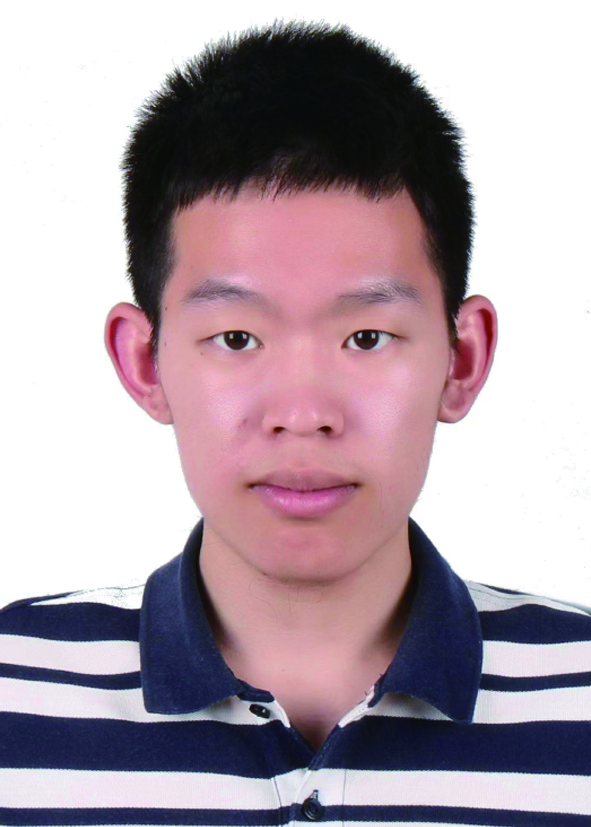 Songwei Zhang is currently a master's student in Joint International Research Laboratory of Information Display and Visualization, school of Electronic Science and Engineering, Southeast University. He received his Bachelor’s degree in Electronic Science and Technology from Southeast University in 2023. His current research interests focus on perovskite X-ray detectors.
Songwei Zhang is currently a master's student in Joint International Research Laboratory of Information Display and Visualization, school of Electronic Science and Engineering, Southeast University. He received his Bachelor’s degree in Electronic Science and Technology from Southeast University in 2023. His current research interests focus on perovskite X-ray detectors.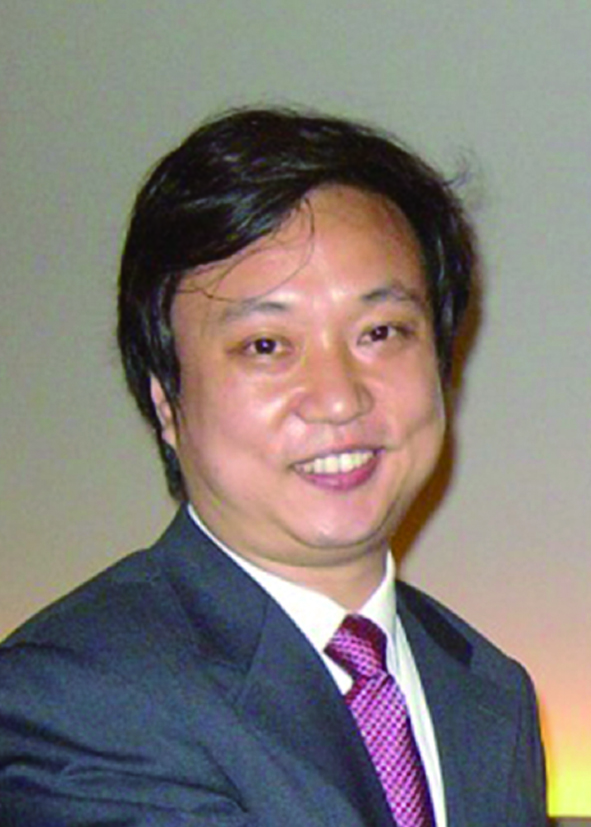 Wei Lei received his Ph.D degree from Southeast University, China in 1994. After completing his doctoral studies, he worked in the department of Electronic Science and Engineering as assistant professor, associate professor, and professor. He is mainly involved in the field of the light emitting source, display, photo detection, and X-ray/ray imaging. A few novel materials, such as quantum dots, nano crystals, and perovskite single crystal, are used to improve the performance of light emitting device and photodetectors. In recent 5 years, more than 150 scientific journal papers have been published in these fields, and about 20 patents have been granted.
Wei Lei received his Ph.D degree from Southeast University, China in 1994. After completing his doctoral studies, he worked in the department of Electronic Science and Engineering as assistant professor, associate professor, and professor. He is mainly involved in the field of the light emitting source, display, photo detection, and X-ray/ray imaging. A few novel materials, such as quantum dots, nano crystals, and perovskite single crystal, are used to improve the performance of light emitting device and photodetectors. In recent 5 years, more than 150 scientific journal papers have been published in these fields, and about 20 patents have been granted.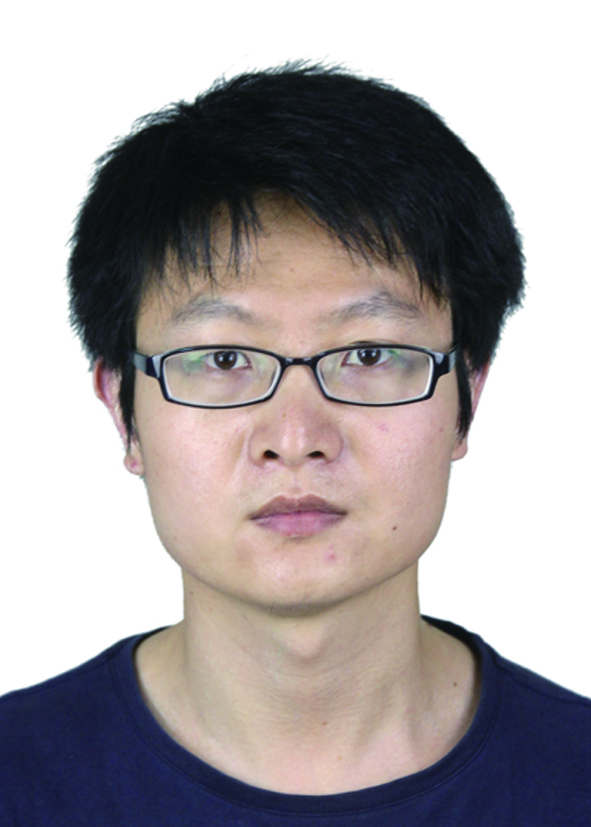 Xiaobao Xu received his B.S. in Chemical Engineering and Technology and Ph.D in Optical Engineering from Huazhong University of Science and Technology in 2011 and 2016, respectively. He also studied in Prof. Yang Yang’s group (University of California, Los Angeles) as visiting student from 2014 to 2015 and worked in Prof. Alex Jen’s group (University of Washington, Seattle) as research associate from 2016−2018. Now, he works at Southeast University as full professor. His current research interest is that using lead halide perovskite materials construct the functional optoelectronic devices, especially photodetectors and sensing devices.
Xiaobao Xu received his B.S. in Chemical Engineering and Technology and Ph.D in Optical Engineering from Huazhong University of Science and Technology in 2011 and 2016, respectively. He also studied in Prof. Yang Yang’s group (University of California, Los Angeles) as visiting student from 2014 to 2015 and worked in Prof. Alex Jen’s group (University of Washington, Seattle) as research associate from 2016−2018. Now, he works at Southeast University as full professor. His current research interest is that using lead halide perovskite materials construct the functional optoelectronic devices, especially photodetectors and sensing devices.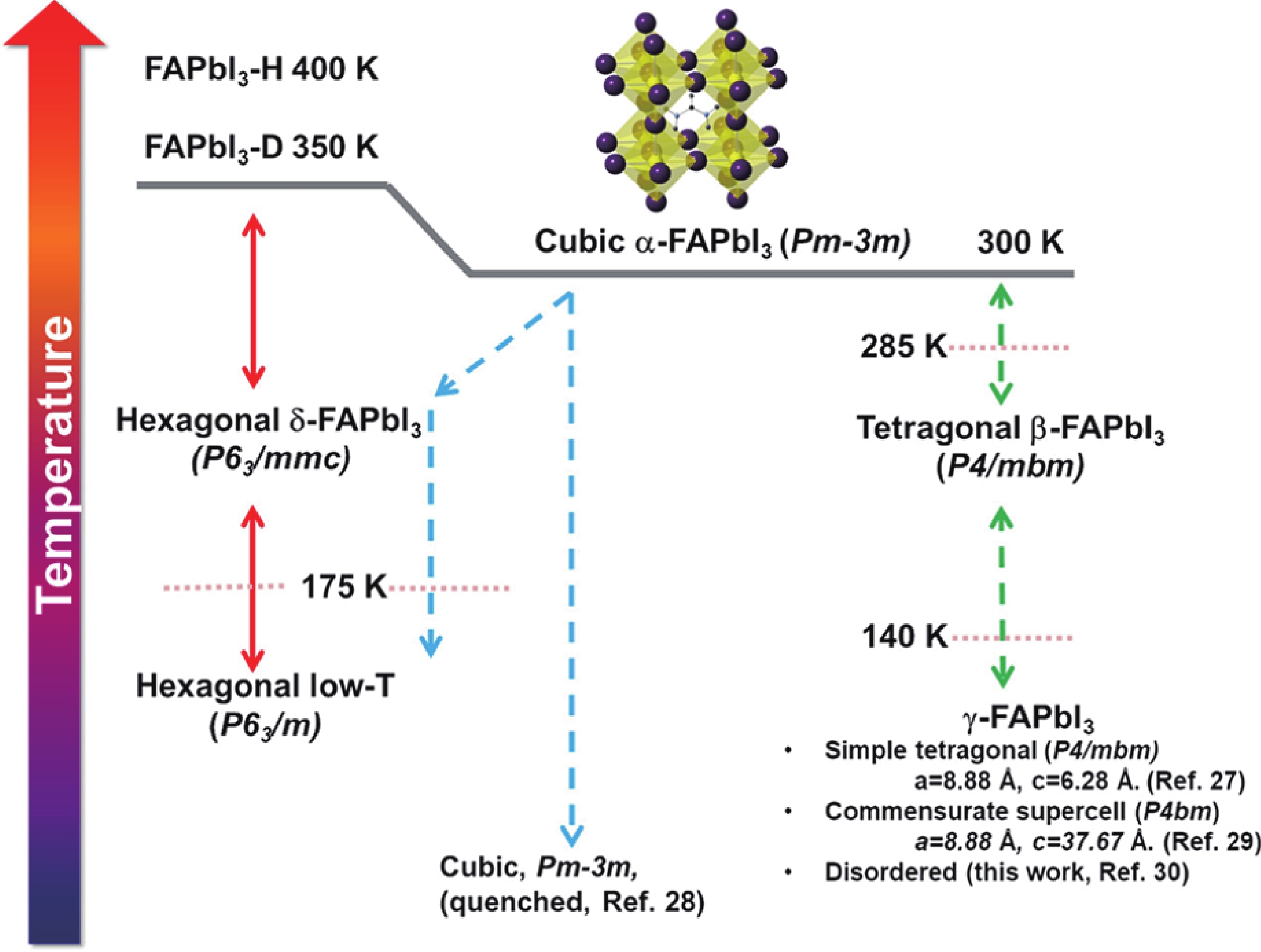
 DownLoad:
DownLoad:

